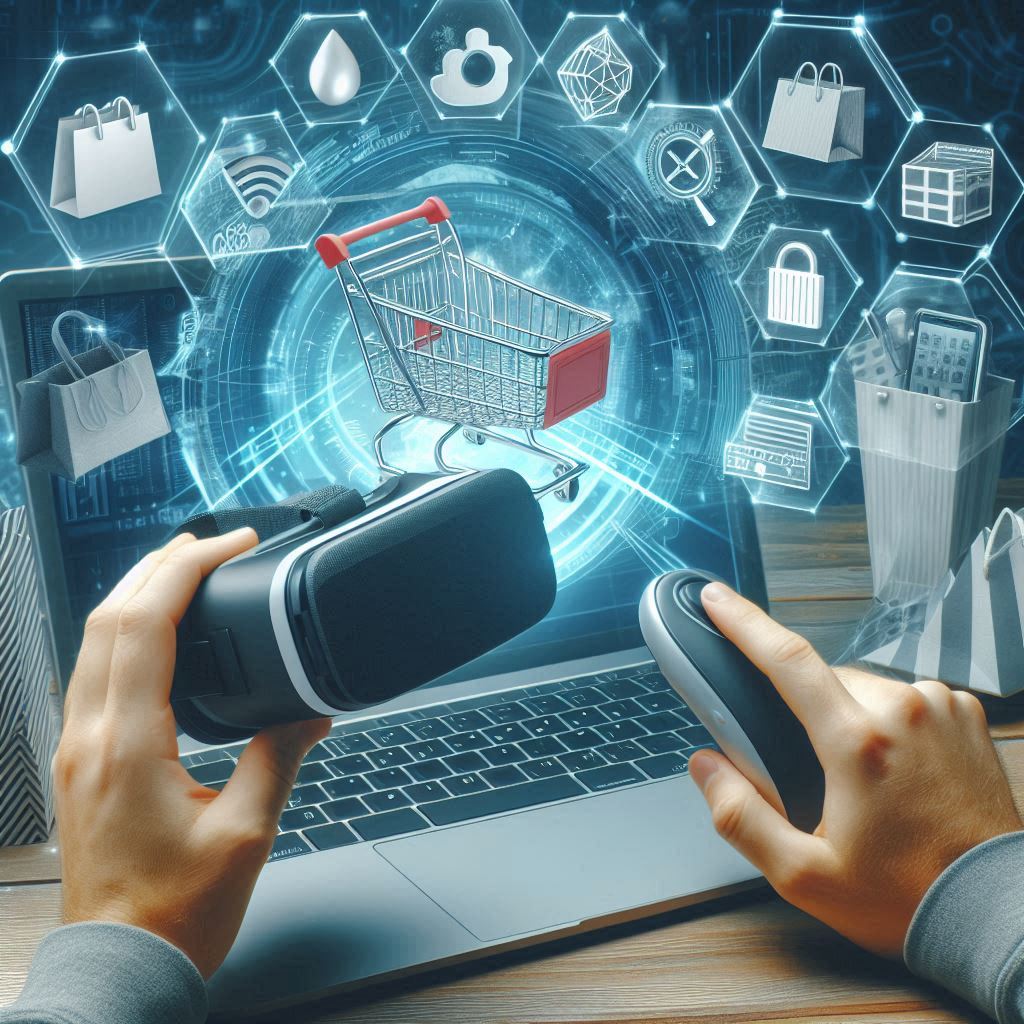Engaging the audience online is the primary objective of digital marketing. More than ever before, digital marketing is now driven by the needs of the customer. And more and more marketers are crafting innovative and interesting ways to engage customers and encourage conversations. Customers are expecting brands to deliver experiences using newer technologies. And these technologies are increasingly shaping the marketing strategies of every business. One such emerging strategy is the use of AR and VR in digital marketing.
AR & VR and Their Role in Digital Marketing
Augmented Reality (AR) is an emerging trend that enables businesses to enhance customer experience by integrating or overlaying digital content into the real world through personal devices like smartphones and AR glasses. Digital marketing employs this technology in a variety of ways, including:
1. Interactive product visualization, where the users can try on clothes, accessories, or makeup virtually. In some cases customers can view 3D product models to help them make a purchase-decision.
- Driving better customer engagement, by turning static images into engaging videos or animations using AR.
- Enhancing shopping experience for customers through AR-enabled in-store navigation, where they are guided through malls and stores, and get instant information about products. They also get to see reviews and compare products using AR.
- Engaging users with virtual tours or interactive product demos and displays, virtual test drives etc.
AR opens up a new range of possibilities to improve brand value and drive sales through mobile devices. By making it possible to try products before buying them, AR elevates customers’ shopping experience immensely.
Virtual Reality (VR) on the other hand creates a completely simulated environment that customers can explore and interact with, using a headset that blocks out the real world. This allows businesses to offer customers a digital experience, in the place of a physical one. It acts as a bridge between experience and action. VR can be used in digital marketing in a number of ways, including:
- Transporting users into virtual showrooms where they can explore products and services in a 3D environment
- Engaging customers through immersive storytelling, which translates to creating enhanced virtual experiences and building trust.
- Developing games and experiences that help promote a brand or product.
Use of AR and VR in Digital Marketing
The true power of AR and VR in digital marketing lies in blending the physical and digital worlds, creating hybrid experiences for customers. This has made them central to the modern marketing landscape. According to the Global Augmented and Virtual Reality (AR VR) Market Research Report 2024, the global AR VR market is anticipated to reach $24590 million by 2030.
The integration of AR and VR in digital marketing has been transformative to the way businesses and customers interact. Digital marketers and businesses have to therefore keep pace with new advances in AR and VR to be able to meet customer expectations and deliver the best experiences. Considering that these technologies are already disrupting sectors, failing to use them can leave businesses lagging behind their competition.
Preparing to Make the Most of AR and VR in Digital Marketing
So how can businesses and digital marketers prepare themselves to stay abreast of these emerging trends and make the most of them? Here’s how:
- Keeping track of the regulatory changes and technological advancements in the AR and VR domain.
- Implementing best practices for data privacy and ethical marketing while using AR and VR technologies.
- Ensuring AR and VR technologies cater to diverse audiences by embracing inclusive design principles.
- Creating more sustainable and effective marketing strategies using innovative applications of AR and VR technologies.
The ability of these new technologies to create unique, immersive, and personalized customer experiences makes them key players in the evolving digital marketing landscape. From trying on clothes or furnishing a home, to exploring holiday destinations, AR and VR enable customers to view different options and make purchase decisions from the comfort of their homes. This is redefining the very essence of marketing, and setting a new stage for customer engagement and brand loyalty.


